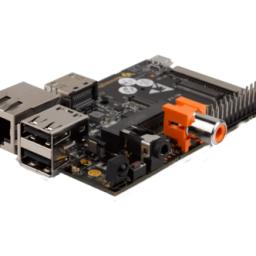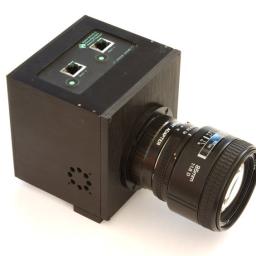The state of social media reporting
The New York Times has just published a blistering review of BuzzFeed. Yes, BuzzFeed is maddening and crazy and frenetic and vaguely unnerving, but the NYT nails it:
The site knows that successful diversion depends on continually toggling its joystick between micronostalgia for the past ("55 Things Only '90s Teenage Girls Can Understand") and microexaminations of the latest microtrend ("The 'Gingers Have Souls' Kid Just Released a Hip-Hop Music Video"). BuzzFeed will simultaneously pretend that joy is an ever-renewable resource ("13 Cute Kid Vines You'll Watch Over and Over Again") while also hinting that our stores of happiness are dangerously low and dwindling ("13 Holidays You've Been Celebrating Totally Wrong"). ...Have a look at the Onion parody they reference, too: it's awesome. But that brings up an interesting question: we've got Facebook's Timeline (which we now know is manipulated), Reddit, various sites like this one, and dozens of big and small sites trying to be the first and fastest to spot or create trends, broach news subjects, or get people talking (and viewing advertisements). Is this as far as we're going to go? What's the next step? Are sites like Slashdot old news? Is the BuzzFeed frenzy ultimately unsustainable? Is it "32 news sites you should be reading daily"?
In fact, the more time you spend on BuzzFeed, the more the boundaries between "win" and "fail" seem to blur. After a while, it's impossible not to slip into a disassociative trance, in which you surrender to the allure of some perpetual, trivial nowhereland, nestled somewhere between "15 Cats That You Don't Want to Mess With" and the "44 Hong Kong Movie Subtitles Gone Wrong."


